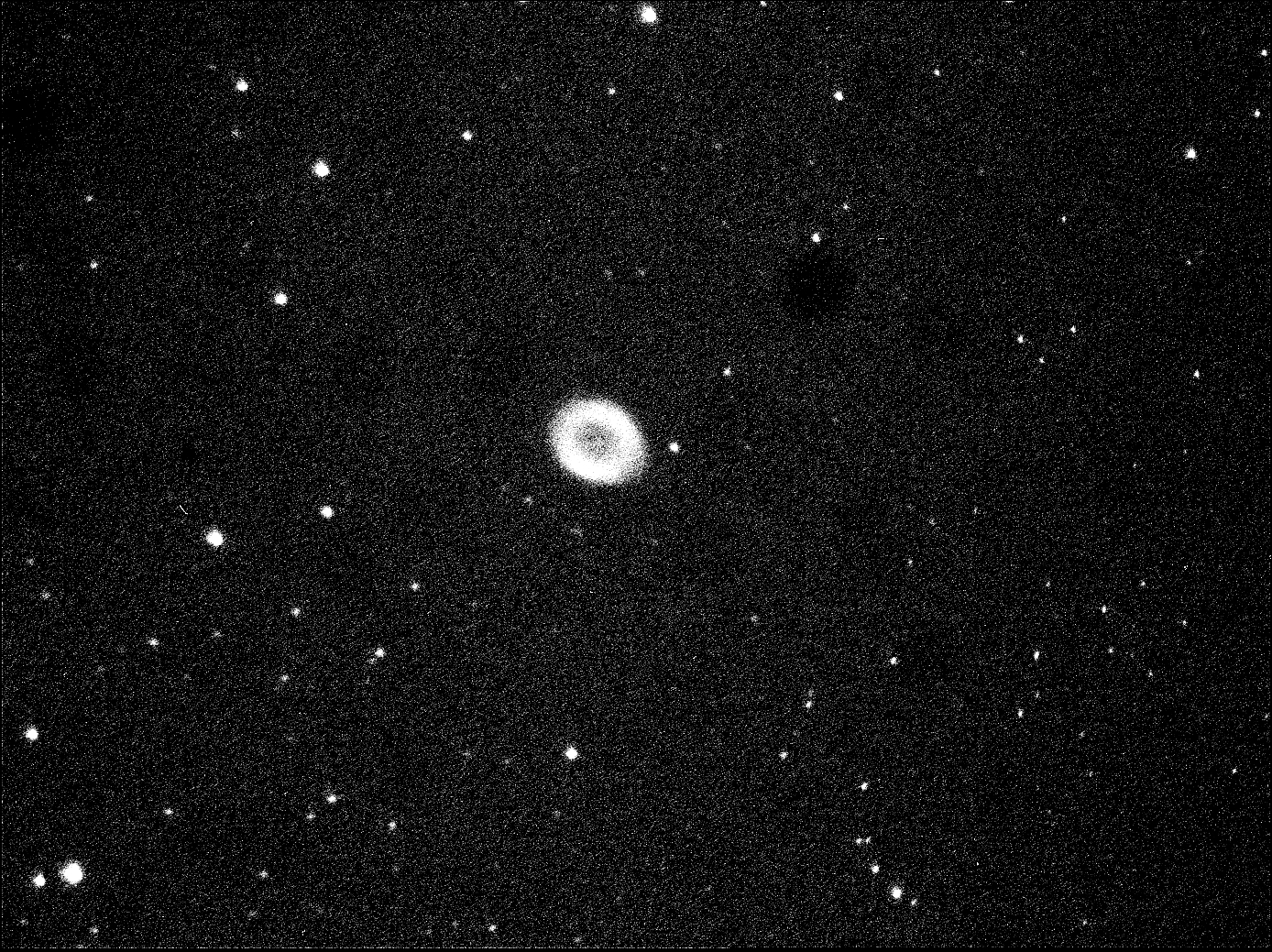

ATIK 414 EX CCD
Orion Sirius mount
Johnson-Cousins V filter
2.5X Barlow
ZZ Ceti (DAV class) stars include the central stars of PN. Also called PNN stars. Part of the problem in studying these stars is the nomenclature. There are numerous names for these objects, but this class was not finalized until a few years ago. So, when you tried to find articles on Planetary Nebula Central Stars all you got were thousands of descriptions of the nebula itself or articles on white or red dwarf stars. Having a real classification makes the process of research much easier. Up until the 1980’s it was thought that they weren’t variable at all.
The biggest issue in trying to image these stars is the needed cadence. The hotter the star the faster the pulsation, so it is thought. In looking at light curves for 50 pulsating white dwarfs several years ago, there was an apparent temperature to pulsation connection. Hotter is faster. So, using an AAVSO 11″ telescope (2010) to record the PNN in M 57 there was some small evidence of a sinusoidal Light Curve. However, with a 30 second integration time, then a 30 second upload time, the light curve was not complete. Since ZZ Ceti stars in the 20k-30k degrees Kelvin, have a period of 2 minutes to an hour, you will obviously need to shoot in seconds to get a light curve of a star that is 125k+-5k degrees Kelvin if there really is a connection.
The ATIK 414 camera is much more sensitive (about 10%) and has an upload speed of slightly less than 2 seconds. So instead of 60 seconds I will image for a total of 13 seconds with a 2 second upload. This gives a cadence of 4 images per minute. Hopefully, this will capture a true light curve. However, 4″ aperture may not be enough to get a good signal to noise ratio.
If this is not enough aperture, then will try it again with the 11″ after it is rebuilt. I had an hour run from a 24″ telescope at the University of Wyoming but the software (multiple) that I was using refused to read the images. My HDD crashed and took those images with it! So much of Citizen Science type research is trial and error with techniques. It has taken years to get to this place in my research, but it is what I find “fun.”